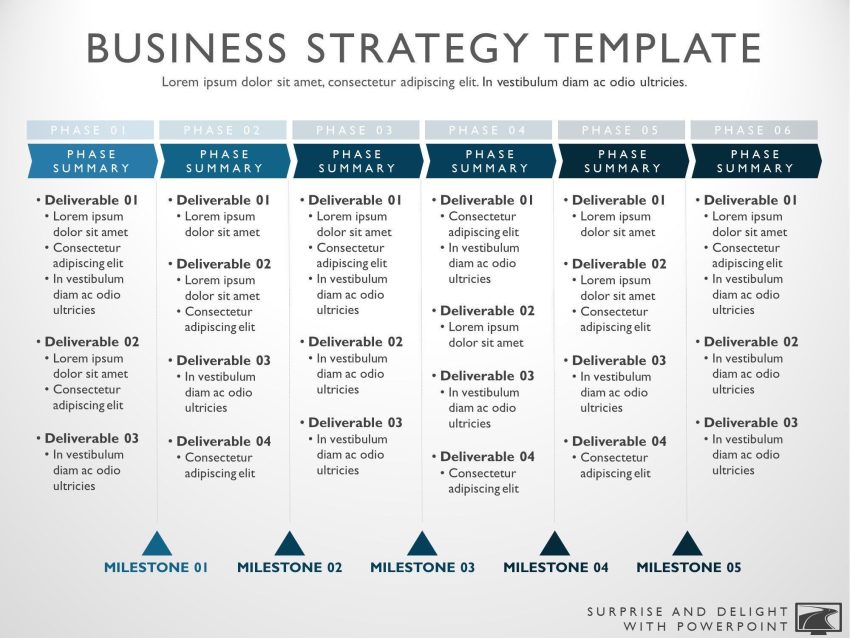Strategic business planning is a crucial process for any organization striving for success. Without a clear strategy in place, businesses can easily become lost in a sea of competition, lacking direction and purpose. In this article, we will explore the importance of strategic planning and discuss key steps to develop an effective strategy that leads to long-term success.
Why Strategic Business Planning Matters
Strategic business planning serves as a roadmap that guides an organization towards its desired future state. It involves defining clear objectives, analyzing the internal and external environment, and making informed decisions to align resources and efforts. Here are several reasons why strategic planning matters:
1. Setting Direction
A strategic plan establishes the direction and purpose of an organization. It helps articulate the vision, mission, and values that define what the business aims to achieve and how it wants to operate. A well-defined direction enables employees to work towards common goals and ensures consistent decision-making throughout the company.
2. Creating Alignment
By involving different stakeholders in the strategic planning process, organizations can achieve alignment across various departments and levels. When everyone understands the overarching strategy, it becomes easier to make decisions that support the organization’s overall objectives. This alignment enhances efficiency and coordination, leading to improved performance and outcomes.
3. Identifying Strengths and Weaknesses
During the strategic planning process, businesses assess their internal strengths and weaknesses. This analysis helps identify areas where the company excels and areas that require improvement. By acknowledging weaknesses and leveraging strengths, organizations can make smart decisions to enhance their competitive advantage and allocate resources effectively.
4. Analyzing Opportunities and Threats
External factors such as market trends, customer preferences, and competitive landscapes greatly impact a business’s success. Strategic planning involves analyzing these external factors to identify opportunities and threats. By understanding the market dynamics, organizations can proactively respond to opportunities and mitigate potential threats. This ensures the business stays relevant and resilient in a rapidly changing environment.
Key Steps in Developing a Strategic Plan
Effective strategic planning requires a systematic approach that considers both short-term and long-term goals. Here are key steps to develop a strategic plan:
1. Define the Vision and Mission
The first step in strategic planning is to define the organization’s vision and mission. The vision statement outlines the desired future state, while the mission statement clarifies the overall purpose and reason for existence. These statements provide a clear direction for the strategic planning process.
2. Conduct a SWOT Analysis
A SWOT analysis involves identifying the organization’s strengths, weaknesses, opportunities, and threats. This analysis helps organizations understand their internal capabilities and external environment, enabling them to make informed decisions. By leveraging strengths, addressing weaknesses, capitalizing on opportunities, and mitigating threats, businesses can develop a competitive advantage.
3. Set SMART Objectives
To ensure clarity and focus, strategic plans must include Specific, Measurable, Achievable, Relevant, and Time-bound (SMART) objectives. SMART objectives provide a framework for tracking progress and evaluating success. When setting objectives, it is important to align them with the organization’s vision and mission, thus creating a seamless pathway towards realizing the strategic plan.
4. Identify Strategic Initiatives
Once SMART objectives are established, it is essential to identify the strategic initiatives required to accomplish those objectives. These initiatives may involve various aspects such as market expansion, product diversification, operational efficiency, or talent development. Tactical plans and action steps should be developed to support these strategic initiatives.
5. Monitor and Evaluate Progress
Strategic planning is an ongoing process that requires constant monitoring and evaluation. Regularly reviewing progress against objectives allows businesses to make necessary adjustments and maintain the effectiveness of their strategic plan. Key performance indicators (KPIs) can be utilized to measure progress and identify areas of improvement.
Conclusion
Strategic business planning provides organizations with a clear roadmap towards success. By setting direction, creating alignment, and analyzing strengths, weaknesses, opportunities, and threats, businesses can develop a competitive advantage and navigate through a rapidly changing environment. Through the systematic approach of defining vision and mission, conducting a SWOT analysis, setting SMART objectives, identifying strategic initiatives, and monitoring progress, organizations can ensure their strategic plans lead to long-term success.

